What are the important associations for you between the modern pyramid and the ancient monument you show in the film?
All is the same, all is ruin; modern and Mayan ruins, nightclubs in the middle.
All is the same, all is ruin; modern and Mayan ruins, nightclubs in the middle.
Cyprien Gaillard interview for Another Mag
I don't know much about contemporary art, but it's such a shame blowing a chance to speak to Cyprien Gaillard in Kiev in the end of May. He is one of greatest artists of our time and I guess the best when it comes to destruction. As for destruction it's where I got an ever lasting fascination: obsession with smashed glass bottles, ancient ruins and our favourite moral credo "It's better to fall down and hurt yourself than not falling at all". I love flowers not because they are pretty, but because they are ephemeral, and tattoos because the are made to last. To some extent it is an impact of my native town, Saint-Petersburg, where everything is busy dying and falling apart for more than a half year of cold season and where Desniansky Rayon was actually filmed. And I am not surprised that Cyprien Gaillard moved to Berlin a couple of years ago. Not at all.
“I’m interested in things failing, in the beauty of failure, and the fall in general,” says 28-year-old mixed-media artist Cyprien Gaillard, who clearly has a healthy appetite for destruction. He’s also garnered quite a following for his brand of high-grade vandalism, afrequent target being the hulking modernist apartment complexes that sprung up in postwar European capitals with the promise of creating harmonic urban living. Gaillard loves these architectural failures—in 2008 he even recycled blasted cement from a housing-project demolition by turning it into a grand Egyptian-style cenotaph for a show in London.
For the beer pyramid The Recovery of Discovery Cyprien Gaillard transported the beer from Turkey to Germany (and into the KW Institute for Contemporary Art, Berlin) forming a minimalist monument that could only truly be realised through its own (alcohol-induced) destruction.
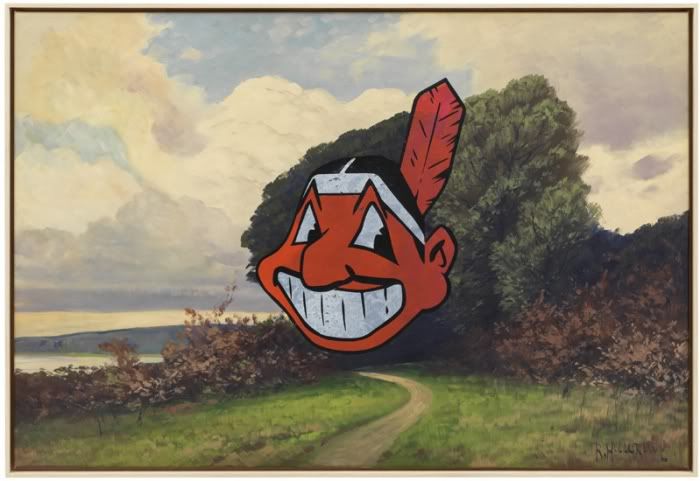
The French-born Gaillard recently had his first high-visibility American showing in the New Museum’s youth-obsessed survey “Younger Than Jesus.” But he was just a cool kid about Paris when he and a gang of friends started nabbing industrial fire extinguishers; they would head to the closest unpopulated park, set off the extinguishers to create clouds of smoke, and record the carnage on video and film. As Gaillard tells it, he began to phase out the presence of human figures from the work, focusing instead on the abstract impact of the smoke clouds on the landscape. That project has eventually developed into Real Remnants of Fictive Wars,a six-part 35mm film and photo series of smoke clouds in different environments. In Gaillard’s recent series of “New Picturesque” paintings, smoke reappears. The artist applies white paint over flea market–style landscape paintings, eliminating the narrative elements in favor of a defacement. Gaillard has even set off smoke at Robert Smithson’s monumental Utah earthwork, Spiral Jetty. Like Smithson, Gaillard believes that time moves toward chaos, but calls his own recent sculpture work “post-entropic—in pursuit of the big moment after the chaos.” In Crazy Horse (2008), a 28-minute video scored by his longtime collaborator, musician-performer Koudlam, Gaillardrecords the onetime Sioux-driven effort to outdo Mount Rushmore by carving the largest sculpture in the world, the Native Americanwar hero Crazy Horse, into the Black Hills of South Dakota. The project honors the heritage of North American Indians, but the carving itself may not be complete for another 80 years—when everyone originally involved has already died. Gaillard also makes his own monuments, like a massive graffiti-stricken bronze duck, which was installed at a housing project before being transferred to the artist’s recent solo exhibition at Kunsthalle Fridericianum in Kassel, Germany. It’s a tribute to good intentions, the exhilarating chaos of public space, and it was probably insanely inconvenient to ship.
Text in italic by Interview Magazine
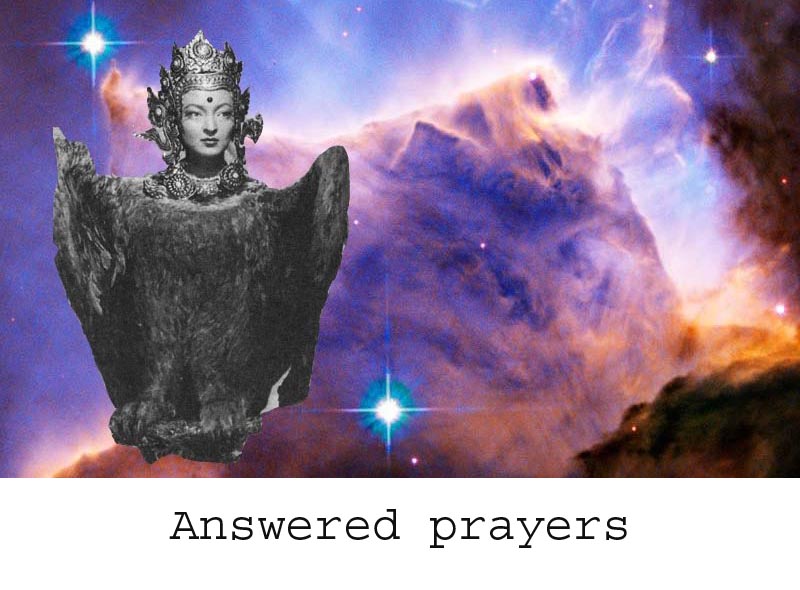
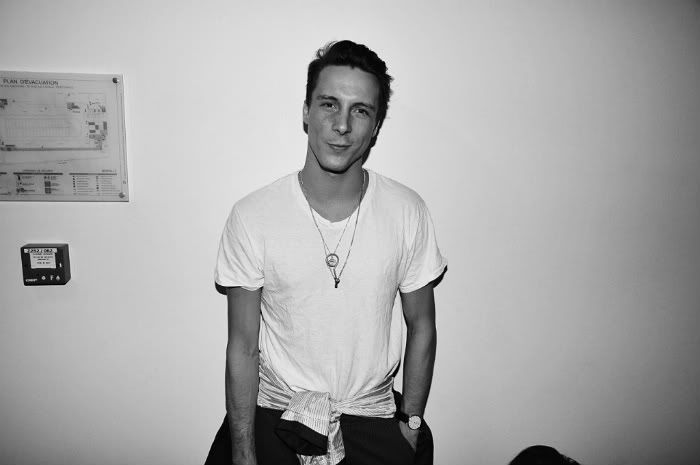
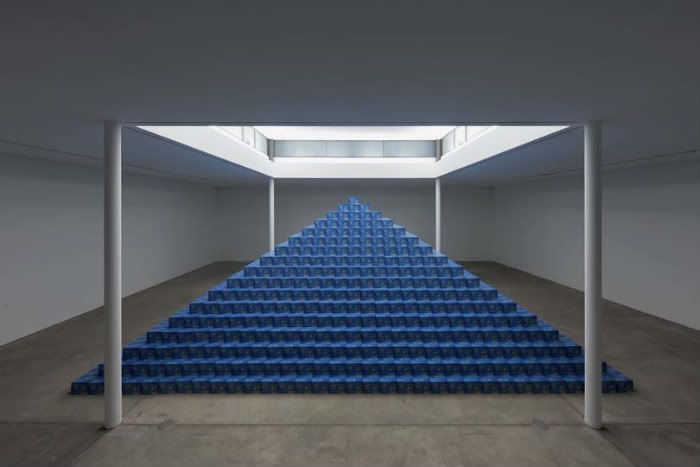
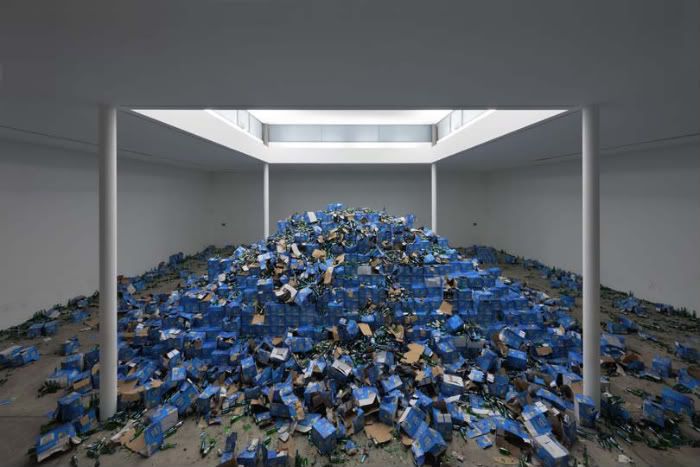
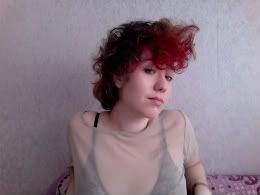
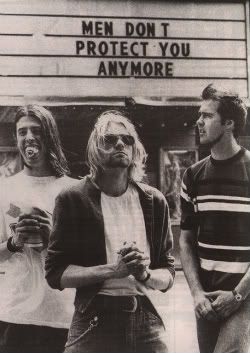
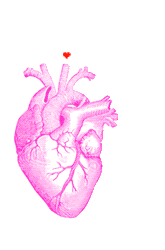
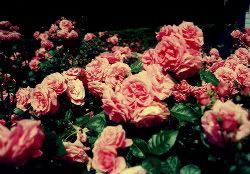
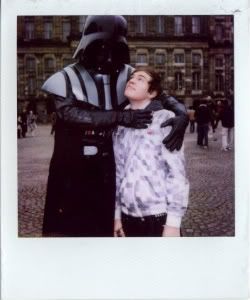

Комментариев нет:
Отправить комментарий